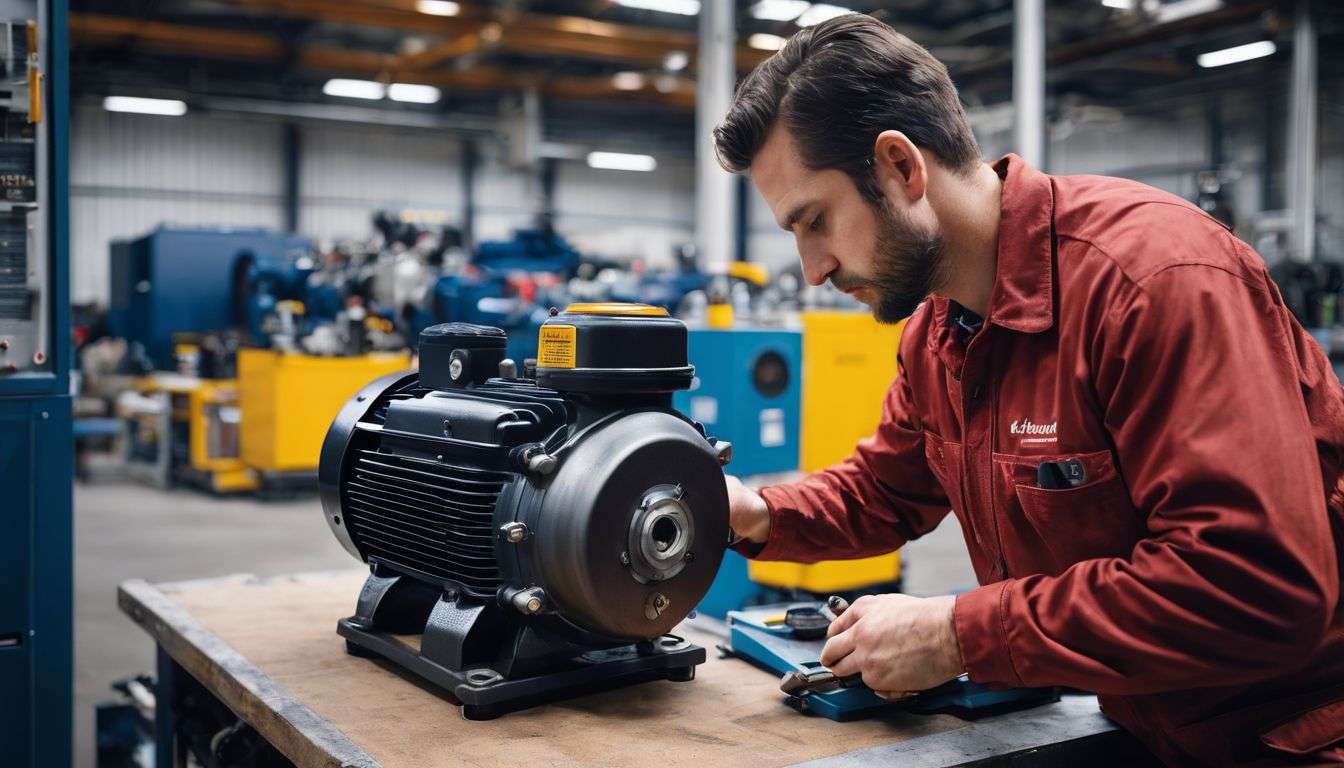Table of Contents
- Introduction
- Understanding Vacuum Pump Efficiency
- Key Strategies for Optimizing Vacuum Pump Efficiency
- Common Pitfalls in Vacuum Pump Performance
- Tools and Techniques for Vacuum Pump Performance Optimization
- Conclusion
Introduction
When it comes to boosting efficiency in your industrial processes, one critical component often overlooked is the vacuum pump. Maximizing performance and optimizing vacuum pump efficiency can significantly reduce operational costs and improve the overall effectiveness of your system. This blog post dives deep into strategies for vacuum pump performance optimization.
Understanding Vacuum Pump Efficiency
Efficiency in vacuum pumps is a measure of how well a pump converts electrical energy into the mechanical action required to create a vacuum. Different types of vacuum pumps (such as rotary vane pumps, diaphragm pumps, and scroll pumps) have specific efficiency metrics. Recognizing and understanding these metrics is crucial for effective optimization.
Key Strategies for Optimizing Vacuum Pump Efficiency
Regular Maintenance
Conducting regular maintenance checks ensures that all parts of the vacuum pump are functioning correctly. Neglecting maintenance can lead to wear and tear, reducing the vacuum pump’s efficiency.
- Inspect seals and gaskets: Leaky seals compel the pump to work harder, consuming more energy.
- Clean or replace filters: Blocked filters can restrict airflow and force the pump to operate inefficiently.
- Check for oil leaks: Ensure all connections are secure and leaks are promptly addressed.
Proper Lubrication
Lubrication reduces friction, which in turn minimizes wear and maximizes efficiency.
- Choose the right lubricant: Use the manufacturer-recommended lubricant.
- Schedule lubrication checks: Regularly monitor lubricant levels and quality.
Monitor and Adjust Operating Parameters
Monitoring your vacuum pump’s operating parameters and making necessary adjustments is essential for prolonging its lifespan and enhancing its performance.
- Track temperature: High operating temperatures can signal potential problems.
- Monitor pressure levels: Ensure that the pump is not working harder than it should.
- Adjust load conditions: Balance the load to avoid overtaxing the pump.
System Design Optimization
Integrating your vacuum pump efficiently within the system can substantially improve performance.
- Optimize piping design: Minimize bends and obstructions.
- Use appropriate pump sizing: Ensure the pump matches system requirements.
- Integrate with automation systems: Use sensors and controllers to optimize performance dynamically.
Common Pitfalls in Vacuum Pump Performance
Understanding common pitfalls helps in avoiding inefficiencies and maintaining optimal performance.
- Ignoring maintenance schedules: Skipping maintenance tasks leads to inefficient operation.
- Using incorrect lubricants: Improper lubrication can increase wear and tear.
- Neglecting system design: Poor design choices can cause unnecessary inefficiencies.
- Ignoring symptom checks: Dismissing early signs of malfunction can lead to costly repairs.
Tools and Techniques for Vacuum Pump Performance Optimization
Incorporating the right tools and techniques can significantly improve vacuum pump performance.
- Diagnostic tools: Use tools like vibration analyzers and thermal cameras to identify issues before they become critical.
- Condition monitoring software: Modern software can provide continuous feedback on the performance of your vacuum pump.
- Training programs: Equip your team with the necessary skills and knowledge for effective maintenance and operation.
Conclusion
Maximizing vacuum pump performance through regular maintenance, proper lubrication, monitoring operating parameters, and optimizing system design can lead to significant cost savings and improved operational efficiency. Implementing these strategies and avoiding common pitfalls will help you achieve optimal vacuum pump efficiency. For more detailed insights on vacuum pump performance optimization, consider consulting our comprehensive guide here.

0 Comments